Gnocch-bokki
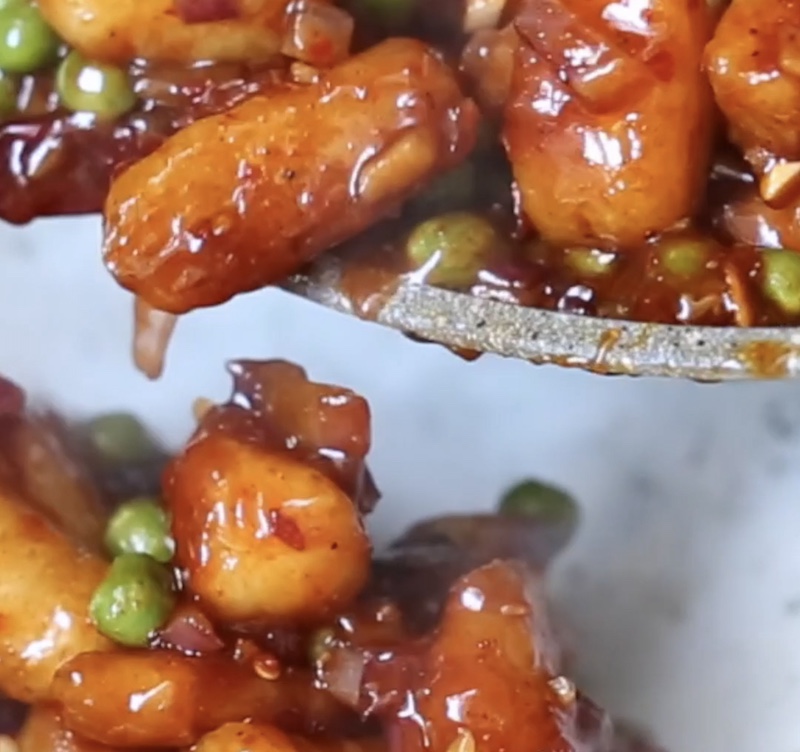
Whenever someone asks me to describe what the “tteok” (ricecake) in “tteokbokki” tastes like, I reference gnocchi. Both are pastas, in a way, one made out of rice and the other made out of potatoes and flour. However, while tteok has a chewy texture, gnocchi–at least good gnocchi–is supposed to be light and fluffy. Still, both were similar enough for me to continue drawing the comparison and soon, inevitably, I figured I should try marrying them more literally.
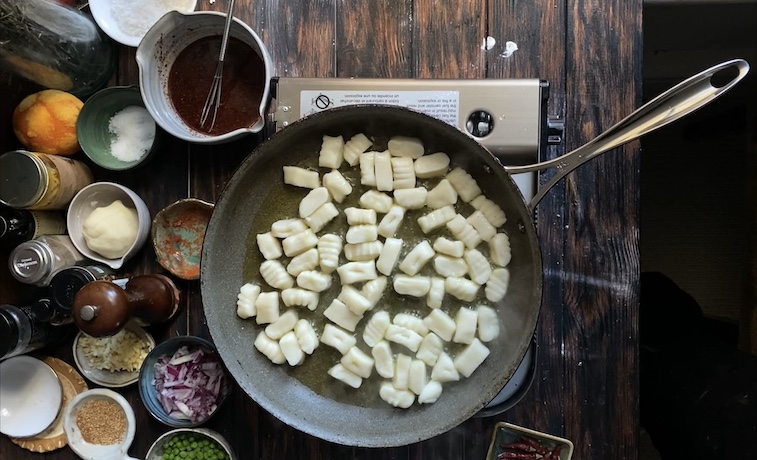
Once you’ve mastered the art of gnocchi making, the sky is truly the limit when it comes to sauces. Why not use a more Korean flavored sauce for gnocchi over cream and butter? Why not use gochugaru and gochujang to make it spicy instead of cheese and herbs to keep it conventional? These are the deep philosophical questions I didn’t ponder when I came up with this delicious mouthwatering recipe that you’re going to want to try ASAP.
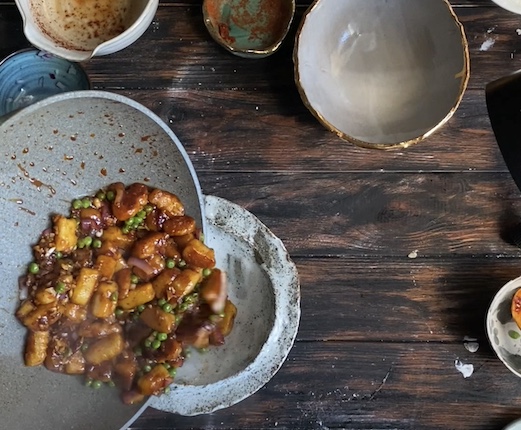
Here are some helpful do’s and don’t’s to help you on your way:
- Read my earlier blog post on how to make gnocchi from scratch (if you intend to do so). Otherwise, you can use your favorite store-bought brand.
- Sure, you can substitute chili powder or paprika for gochugaru or Sriracha for gochujang, but it will no longer be Gnocch-bokki. It will be some other dish with no Korean flavors in it. It may still be delicious though!
- Don’t go overboard with adding too many vegetables. I stuck with just the basics–garlic, onions, and peas. If you add too much, you will overpower the gnocchi and its unique potato-y flavor.
- Feel free to add more or less of either the gochugaru or the gochujang, depending on your spice tolerance.
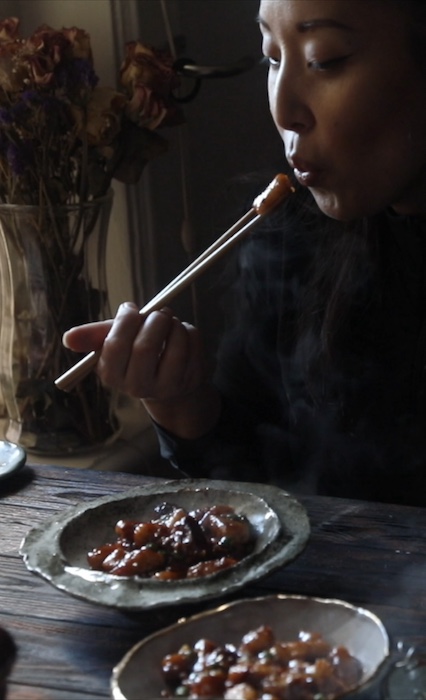
Video
Recipe Card

Gnocch-bokki
Ingredients
Sauce
Gnocchi
- 4 servings gnocchi
- 3 tbsp extra virgin olive oil
- 4 cloves garilc, minced
- 1/4 cup red onion, small diced
- 1/3 cup green peas
Instructions
- For the sauce, mix all the ingredients together and set aside.
- Cook the gnocchi by boiling them for 90 seconds (until they begin to float).
- In the meantime, add 2 tbsp of olive oil to a large non-stick pan over medium heat. When the gnocchi is cooked, transfer them directly to the pan (after shaking off excess water). Cook them for about 1 minute on each side, until they are golden brown. Remove them from heat.
- In a separate pan, add 1 tbsp of olive oil over medium-high heat. When it is hot (about 1 minute), add the garlic and the red onion. Cook for about 2 minutes. Then, add the gnocchi and the peas, and cook for another 30 seconds.
- Add the sauce, stirring to make sure the pasta is evenly coated.

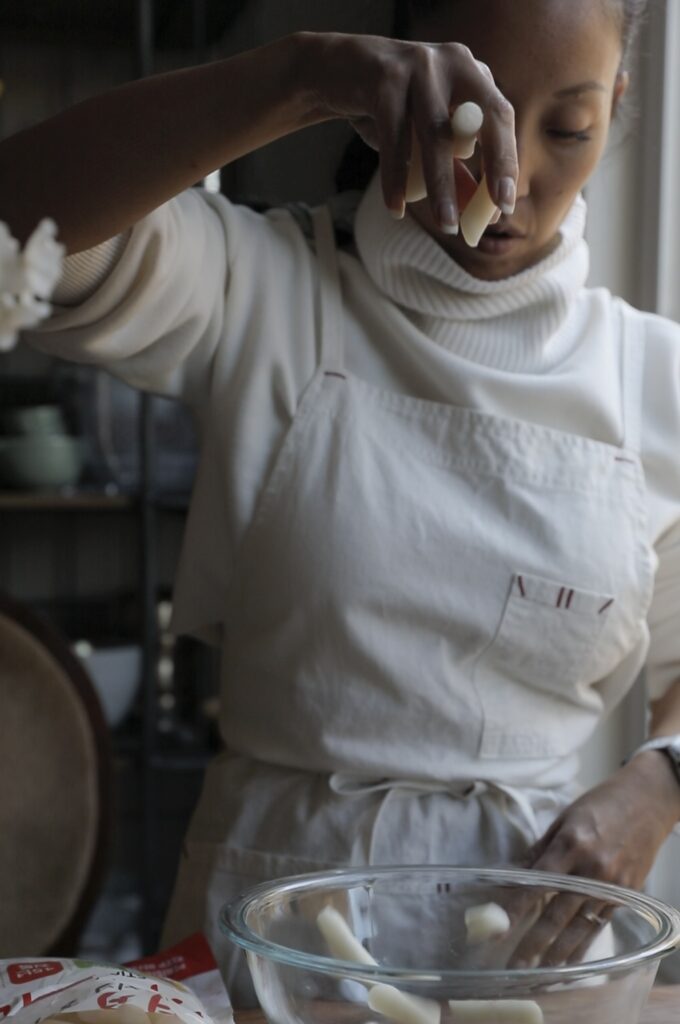
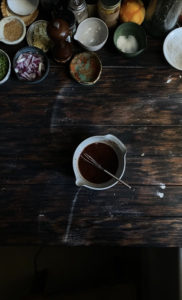
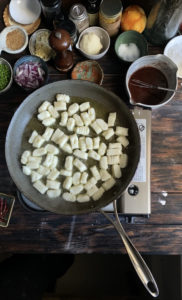
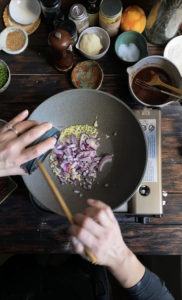
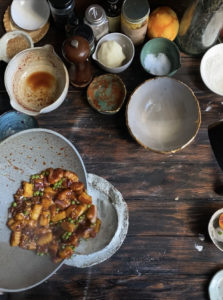


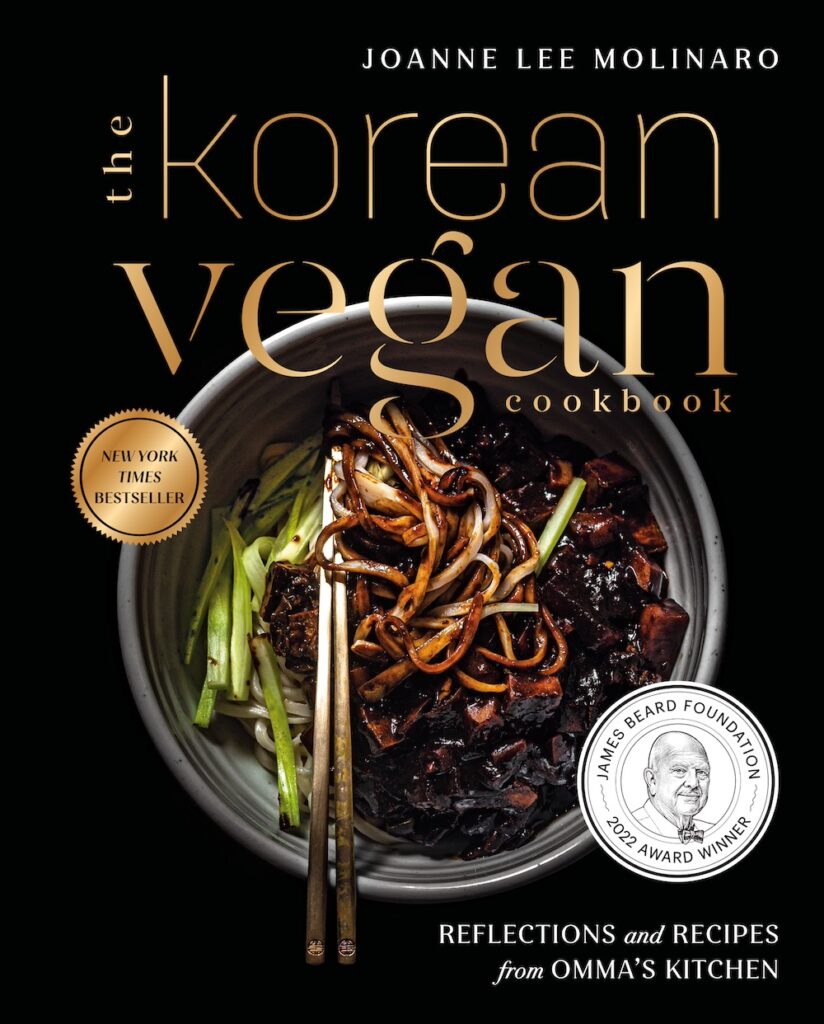
Asian flavors and ways of cooking are very new to me but have become my favorite. As a long time maker of gnocchi I was happy to come across your video and this recipe. After making it for dinner this evening I can say it will be on permanent rotation in our house. I may substitute peas for snap peas as summer approaches, or mushrooms this fall. A very flavorful and easy to accomplish dish. Thank you for sharing it.